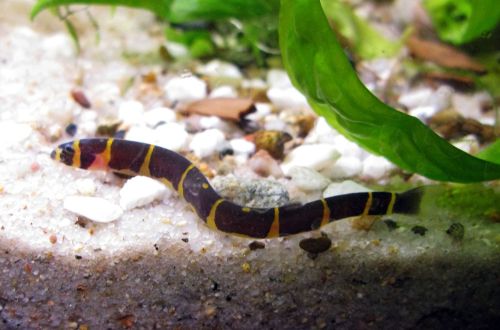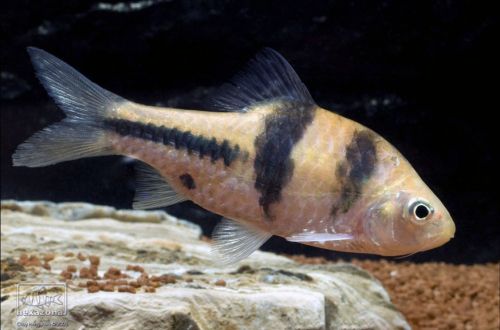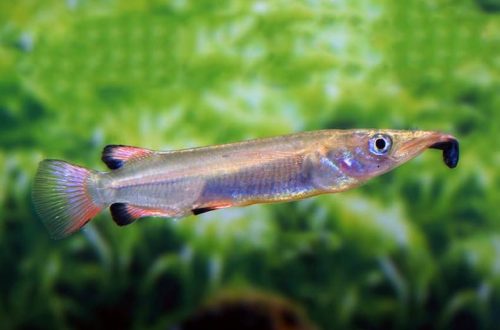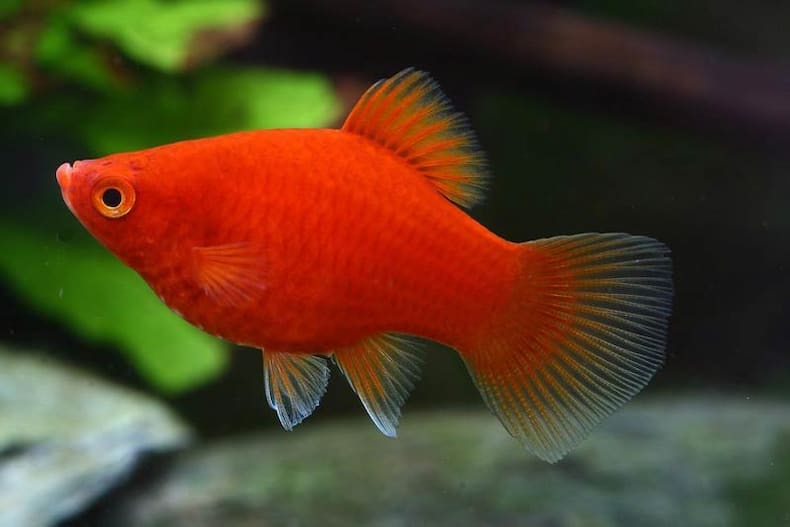
Pecilia red
Red platy, the English trade name for Red Platy Fish, is also used as a synonym in America for Coral Platy. It is an ornamental variety of the common Pecilia (Xiphophorus maculatus).

Due to the large number of breeding forms with the most diverse body colors, many beginner aquarists begin to get confused in this variety. Therefore, the name “Red Pecilia”, as a rule, means a completely different variety, more (and maybe the most) popular – Black-tailed Pecilia.
True Red Platy Fish has a solid red color without interspersed with other shades. Fins and tail may be translucent. Males and females look the same, but the latter are noticeably larger, especially during the spawning season.
Brief information:
- The volume of the aquarium – from 60 liters.
- Temperature – 20-28°C
- Value pH — 7.0–8.2
- Water hardness – medium to high hardness (10-30 GH)
- Substrate type – any
- Lighting – moderate or bright
- Brackish water – acceptable at a concentration of 5-10 grams per liter of water
- Water movement – light or moderate
- The size of the fish is 5–7 cm.
- Food – any food
- Temperament – peaceful
- Content alone, in pairs or in a group
Maintenance and care
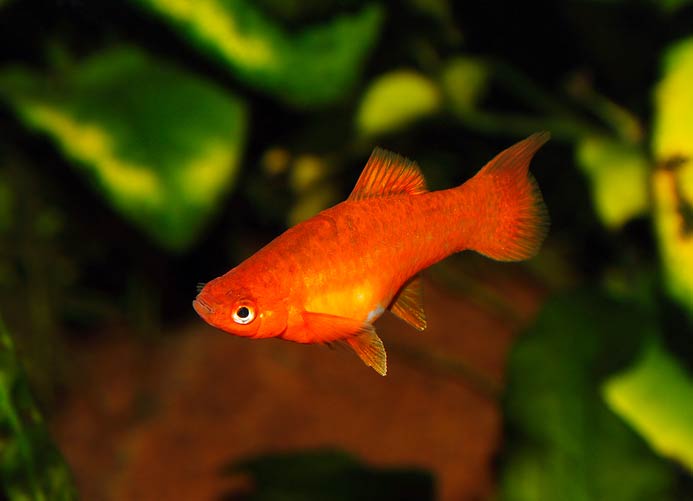
The optimal size of the aquarium for 3-4 fish starts from 60-70 liters. In the design, it is necessary to provide places for shelters. The latter can be thickets of aquatic plants, driftwood and other natural or artificial elements of decorating the aquarium.
A comfortable living environment is achieved in warm slightly alkaline water with medium to high GH values. It is worth remembering that the fish does not respond well to soft water.
Food. The basis of the daily diet can be any popular food in dry, frozen and live form. In addition, many manufacturers produce a special line of food for Pecilia.
behavior and compatibility. It is considered a peaceful friendly fish. Pecilia red gets along well with many freshwater species of comparable size.
Breeding / reproduction. Sexual maturity is reached by 3-4 months. Females give birth to fully formed fry in the amount of 20–40 pieces. Parental instincts are not developed, so juveniles must be transplanted to another aquarium in order to avoid predation. Under favorable conditions, spawning occurs every 4–6 weeks.



